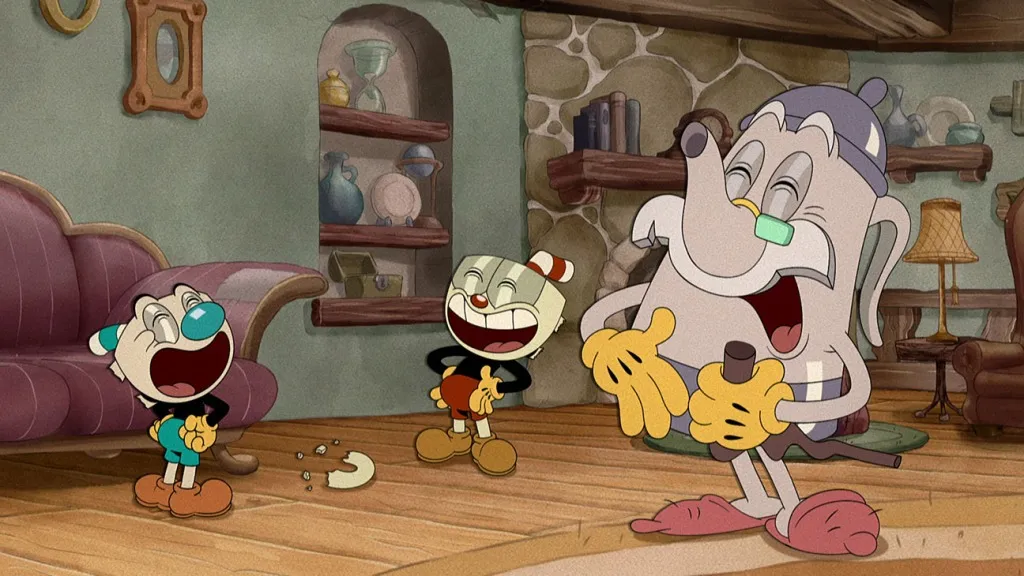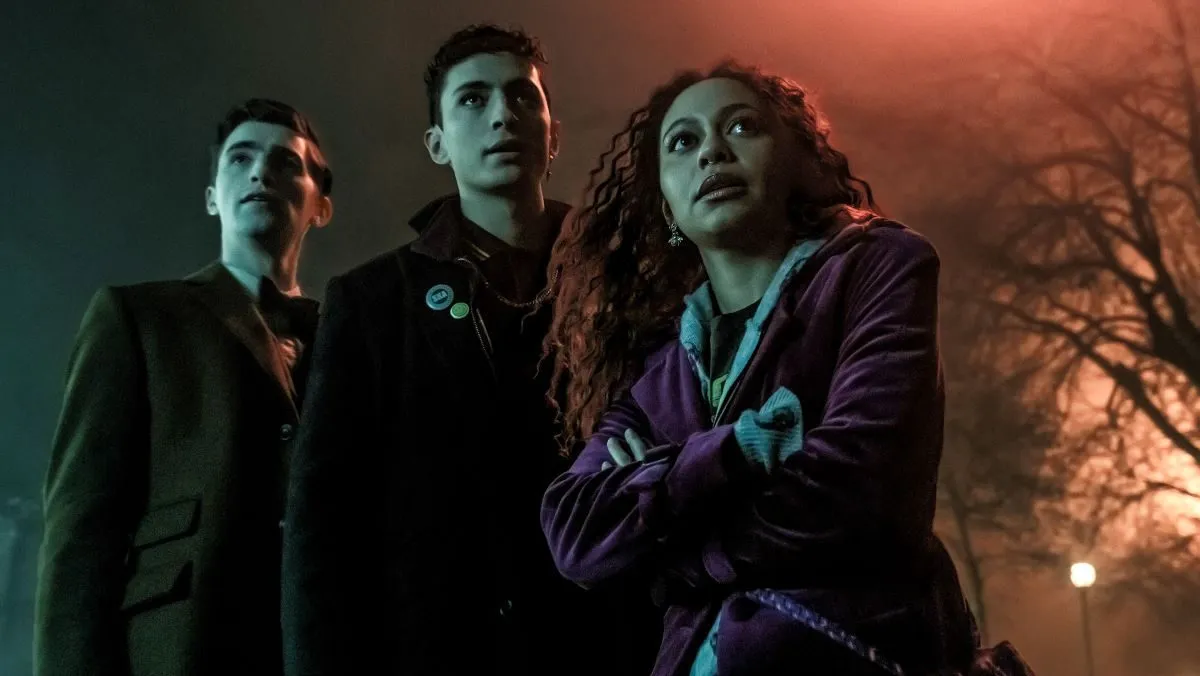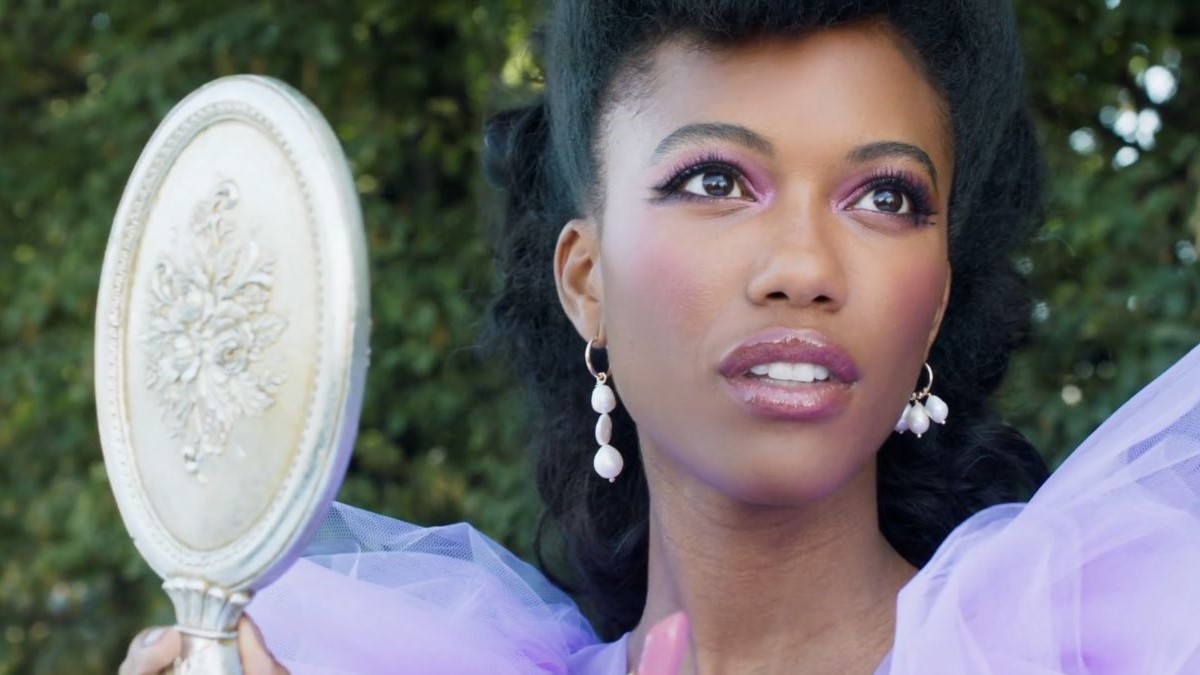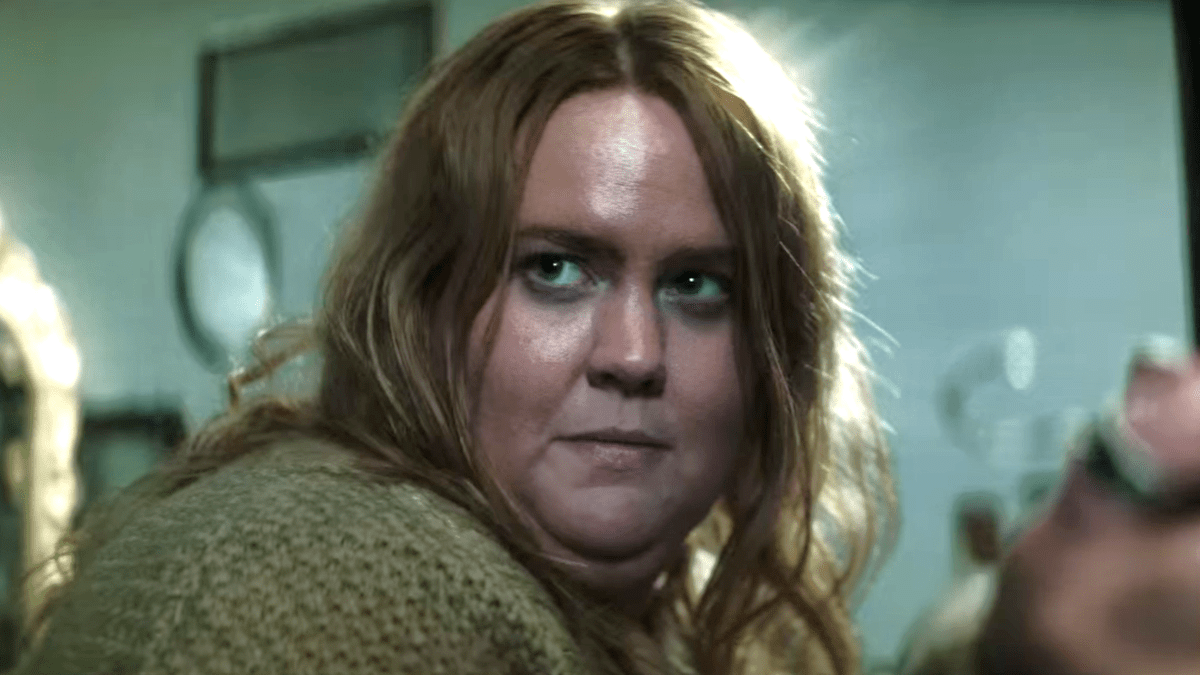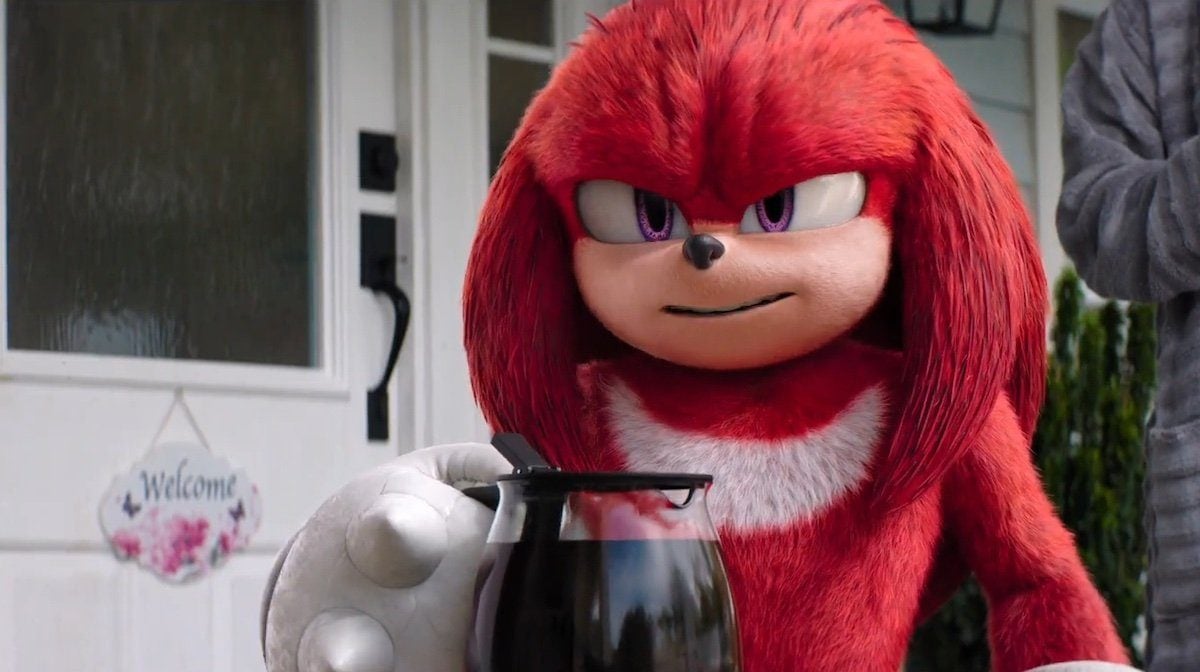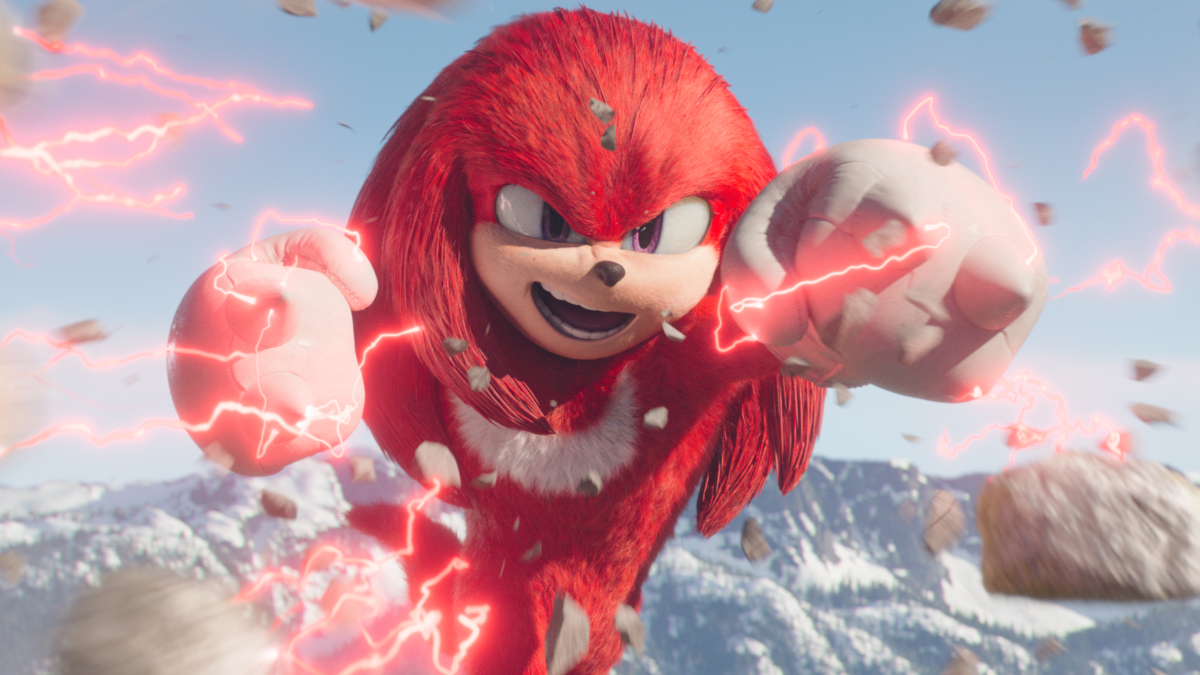The Cuphead Show! has dropped on Netflix, and although overall the show has gotten middling reviews, there’s one thing everyone can agree on: the animation is beautiful. The characters are drawn in the “rubber hose” style of animation’s Golden Age, which occurred almost a hundred years ago. Rubber hose animation is distinguished by characters who sport wildly flailing limbs, outrageous physical comedy, and those weird poofy gloves that are a hallmark of old-timey cartoons. The backgrounds in The Cuphead Show! look like a combination of watercolor and stop motion, and you can even see flecks and dust motes flashing across the screen as if it were shot on 35mm film. But the show also has a modern look to it, too, with each character’s movements and facial expressions holding more detail and nuance than original rubber hose cartoons. All in all, the aesthetic is a refreshing change from the computer graphics of most animated shows. But is The Cuphead Show! actually hand drawn?
The Animators’ Vision
The Cuphead Show! follows Cuphead, a brash and headstrong kid with a knack for getting himself into trouble, and Mugman, his more timid and cautious brother. In the first episode, Cuphead manages to accidentally sell his soul to the Devil in a skeeball game, and the rest of the 12-episode first season sees Cuphead and Mugman running from the Devil and his various henchmen while getting themselves into one scrape after another.
The Cuphead Show!‘s creative team includes Chad and Jared Moldenhaur, creators of the original 2017 video game that the show is based on. Also joining the team are executive producers Dave Wasson and Cosmo Segurson. According to Variety, the team really wanted to capture the aesthetic of the Golden Age cartoons of the 1930’s. Wasson points out that the rubber hose aesthetic relies on characters who don’t seem to have joints, instead moving freely as if they were made of, well, rubber hoses.
But there’s more to it than that. As Chad Moldenhaur explains in an interview with The Los Angeles Times, rubber hose animation arose very early in the history of motion pictures, when animators were still figuring out how to translate acting techniques to drawings. Because of that, the acting in those cartoons is often wildly over the top, lending them a surreal quality that later cartoons often lack. This animation style was what blew people away when they first played the game, and the executive producers wanted to stay true to what fans of the game loved the most.
But How Feasible is Hand-Drawn Animation?
Unfortunately, as much as the creative team wanted The Cuphead Show! to stay true to Golden Age animation, the modern demands of TV production didn’t allow for the painstaking process of drawing, coloring, and filming animation cels by hand. After all, a single second of hand-drawn animation usually requires 24 cels, and with each Cuphead episode running for roughly nine minutes … that’s a lot of cels. Speaking with The LA Times, art director Andrea Fernandez explains that “I think people tend to forget the pipeline to produce that look just doesn’t exist anymore….To re-create that level of art was actually really daunting and difficult for a modern TV pipeline.” Simply put, the creative team didn’t have the infrastructure to produce The Cuphead Show! completely by hand.
But they wanted it to look as much like hand-drawn animation as possible, so they set out to replicate it as best they could. The studio began with a huge number of handmade drawings and then used a digital platform called Harmony Animation to animate them, creating a look that evoked traditional cel animation. Plus, if you noticed that the backgrounds look especially rich, that’s because they weren’t done digitally at all. Each background is an actual watercolor painting.
The animators also used stop motion animation for certain scenes—for example, the opening shot of Cuphead, Mugman, and Elder Kettle’s house—giving them a vintage flair. These shots were inspired by cartoons by Fleischer Studios, which used 3D sets for panning shots in its Golden Age shorts.
All 12 episodes of The Cuphead Show! are now streaming on Netflix, with 2 more seasons on the way. What do you think of the show? Did you think it was completely hand-drawn, or could you tell that there was some digital work in there? Let us know in the comments!
(image: Netflix)



